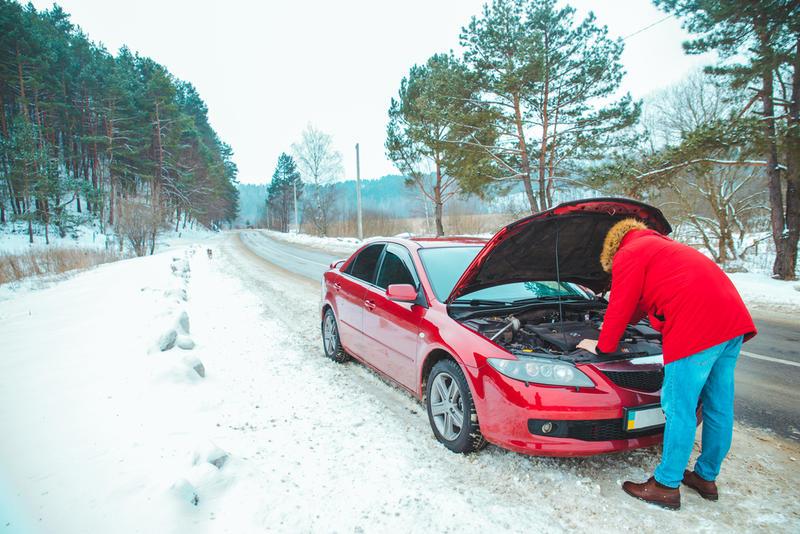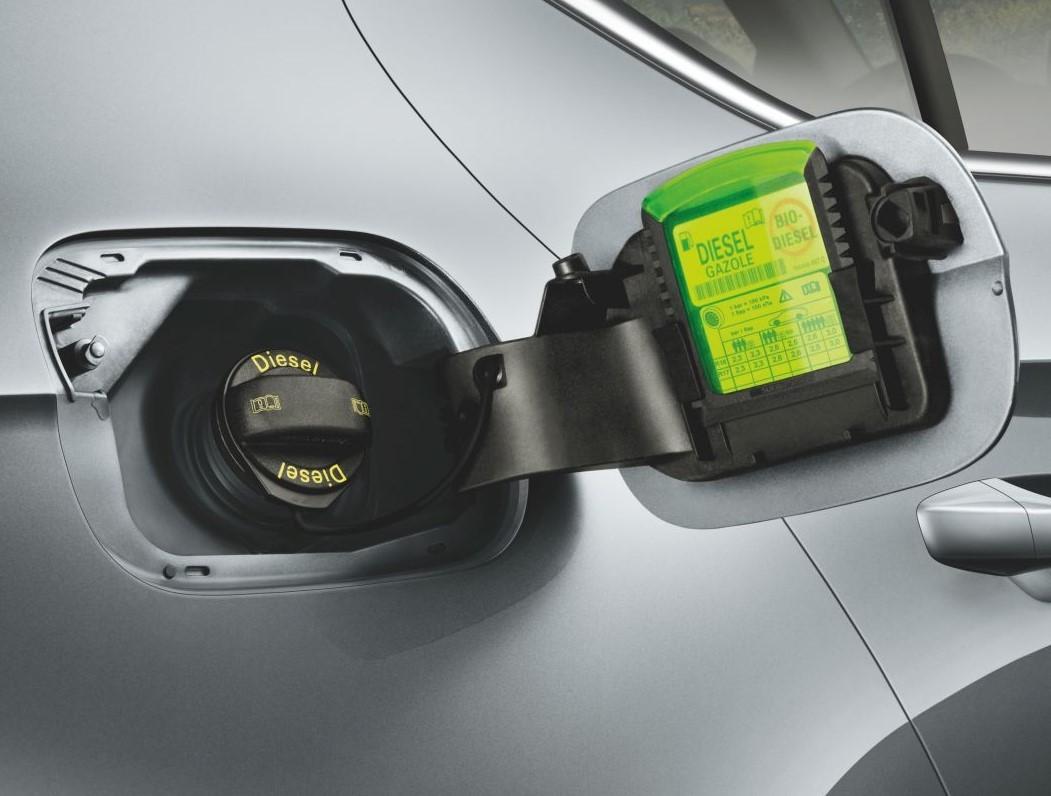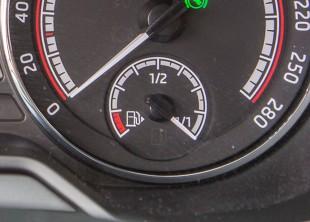
Bad habits of drivers - driving in reserve and refueling in traffic
 Refilling the tank is an almost daily activity for many drivers. However, it turns out that just as when driving with too little fuel in the tank, it is also inappropriate to use the so-called refueling under the plug.
Refilling the tank is an almost daily activity for many drivers. However, it turns out that just as when driving with too little fuel in the tank, it is also inappropriate to use the so-called refueling under the plug.
Some car users can drive several tens of kilometers in reserve before filling up the tank. Meanwhile, too little fuel in the tank is detrimental to many vehicle components. Let's start with the tank itself. This is the main component of the car in which water accumulates. Where does it come from? Well, the space in the tank is filled with air, which, as a result of temperature changes, condenses and produces moisture. Sheet metal walls heat up and cool down even in winter. These are ideal conditions for moisture to escape from the inside of the tank.
Water in the fuel is a problem for any engine, including those running on autogas, because before switching to gas, the engine runs on gasoline for some time. Why is water in fuel dangerous? Fuel system corrosion at best. Water is heavier than fuel and therefore always accumulates at the bottom of the tank. This, in turn, contributes to the corrosion of the tank. Water in fuel can also corrode the fuel lines, fuel pump, and injectors. In addition, both gasoline and diesel lubricate the fuel pump. The water content in the fuel reduces these properties.
The issue of lubrication of the fuel pump is especially relevant in the case of cars with gas engines. Despite the gas supply to the engine, the pump usually still works, pumping gasoline. If there is little fuel in the fuel tank, the pump can sometimes suck in air and jam.
 The water contained in the fuel can effectively immobilize the car, especially in winter. With a large amount of water in the fuel system, even in slight frosts, ice plugs can form, blocking the fuel supply. Winter problems with the ingress of moisture into the fuel system also affect users of cars with diesel engines. The notoriously low fuel level in the tank can also cause the fuel pump to suck up contaminants (such as rust particles) that settle to the bottom of the tank. Nozzles that are very sensitive to any contamination can fail.
The water contained in the fuel can effectively immobilize the car, especially in winter. With a large amount of water in the fuel system, even in slight frosts, ice plugs can form, blocking the fuel supply. Winter problems with the ingress of moisture into the fuel system also affect users of cars with diesel engines. The notoriously low fuel level in the tank can also cause the fuel pump to suck up contaminants (such as rust particles) that settle to the bottom of the tank. Nozzles that are very sensitive to any contamination can fail.
There is another reason not to drive on low fuel. – We should try not to allow the level to go below ¼ tank in order to have a possible reserve in case of unforeseen situations, for example, traffic jams and forced stops for several hours in winter, because without fuel we can freeze, – explains Radoslaw Jaskulski, Skoda Auto Szkoła. Instructor.
However, filling the tank "under the cork" is also harmful to the car. It is worth knowing that although after starting the engine, the fuel collected by the pump is pumped not only into the cylinders. Only a small dose goes there, and excess fuel is diverted back to the tank. Along the way, it cools and lubricates the components of the injection system.
If the tank is filled to the cap, a large vacuum is created that can damage the fuel system. – In addition, excess fuel can damage parts of the fuel tank venting system that vents fuel vapors to the engine. The carbon filter, whose task is to absorb fuel vapors, can also be damaged, explains Radoslav Jaskulsky. To avoid these risks, the correct procedure is to fill up to the first "blow" of the dispenser gun at the filling station.
